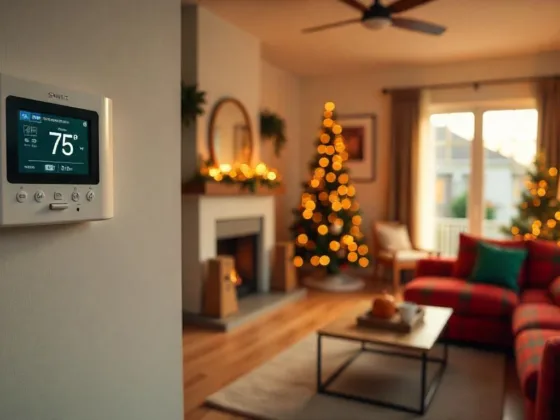Table of Contents Show
Why Winterize?
Is it really necessary to prepare a home for the cold temperatures that are coming? Seeing that these lower temps are frequently accompanied by wet weather, home winterization tips make it possible to prevent damage to the home as well as money spent on wasted heat. When it comes to winterizing your home, tips abound but there are five that truly save you quite a bit of money in the long run.
Cold Weather Money Savers
Add attic insulation.
The New York Department of Buildings(1) advises homeowners that the lion’s share of heat loss occurs via an improperly insulated attic space. Experts estimate that properly installed insulation at a depth of six inches prevents the loss of the rising heat and therefore saves the homeowner a bundle in heating costs. Although costly to install initially, it needs to be done only once. Other areas that need an insulation once-over are the doors and windows. Simple window treatments can significantly cut down on heat loss. These types of insulation may need to be re-installed yearly.
Clean the heating system or hire someone to do it for you.
During the hot summer months, when the pilot light and gas feed are turned off, the heating system accumulates dust, spider webs and debris. When temperatures plummet and the system gets turned on but not cleaned, it is possible for it to operate inefficiently and perhaps unsafely. Clogged vents can lead to the accumulation of carbon monoxide(2), a deadly gas, while small toys or other items that may have rolled near the pilot light could result in fire dangers. The best time to make this annual call is during the days of Indian summer, just before everyone else thinks about heating their homes.
Insulate the heating duct system.
Approximately a fourth to one half(3) of the heat generated by a fully functioning furnace leaks from the ducting before it even has a chance to heat the living room. Minimize the heat, energy and money lost by sealing the ducts. Have a professional come out in two to five years to re-check the efficiency of the duct system.
Call out the chimney sweep.
Have the professional check the chimney’s interior for holes, cracks and creosote buildup. It may be necessary to remove old birds’ nests and other debris that got stuck and could present a health or fire hazard. This should be an annual procedure. Stock up on some logs and kindling to be ready to hunker down if a snowstorm hits.
Winterize the plumbing.
Residents who live in areas with extremely cold winters should shut off the exterior faucets and empty the plumbing lines that lead to them. Insulate water pipes that run through a garage, crawl space or attic. Water pipes that run against an exterior wall also require insulation. It is possible to minimize their insulating wrap by opening up cabinetry that might conceal the plumbing from sight and allow the warmer room air to keep the pipes above freezing temperatures.
This list of home winterization tips would be incomplete without pointing out that there is help available for low-income families to not only get their homes inspected and readied for winter, but also with the expense of heating. Known as the “Low Income Home Energy Assistance Program”(4), each state operates its own independent plan. Contact a representative today if you need help getting ready for dropping temperatures.
Sources
- Winterizing Tips; https://www1.nyc.gov/site/buildings/homeowner/winterizing-tips.page
- How to Winterize Your Home; https://www.nh.gov/oep/energy/saving-energy/conservation/winterize-home.htm
- How to save energy around the house; http://www.nbcnews.com/id/38871452/ns/technology_and_science-innovation/#.WB0zdrMget8
- Low Income Home Energy Assistance Program; http://www.acf.hhs.gov/ocs/programs/liheap
Photo Credit
- By thingermejig (Polyisocyanurate Insulation Board) [CC BY-SA 2.0 (http://creativecommons.org/licenses/by-sa/2.0)], via Wikimedia Commons at https://commons.wikimedia.org/wiki/File:Polyisocyanurate_insulation_boards.jpg











